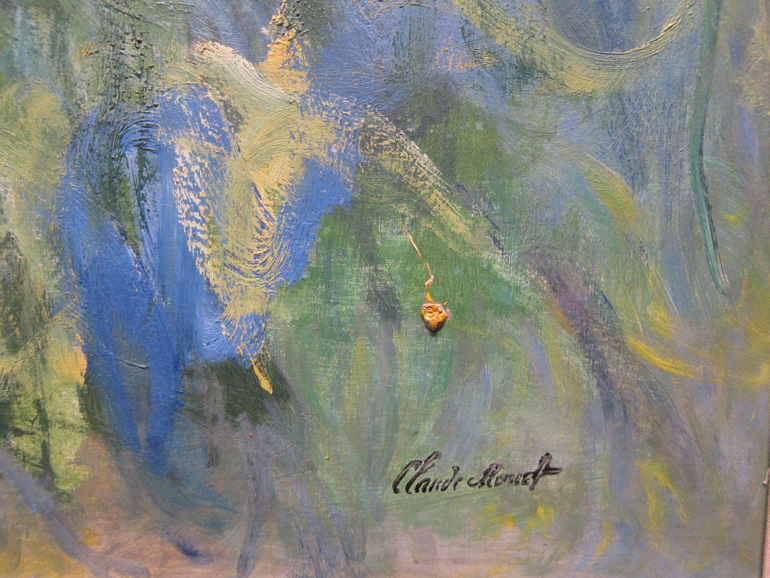Goldfinch Week:
At Home
25 October 2013
If there is anything that disappointed me about The Goldfinch, the new novel by Donna Tartt that I have been writing about all week, it is not a flaw in the book itself but an imaginative predisposition on the part of the author. She has set her wonderful tale in my part of the world, the Upper East Side of Manhattan — along with, in lesser roles, Greenwich Village, a run through Alphabet City, several years in Las Vegas and a climax in Amsterdam — but she has not troubled with exactitude in the rendering.
I don’t mean to say that Tartt has gotten anything wrong, exactly. I am not quite sure why she moved Theo’s storage facility, which I’m pretty sure is the one that I use, two blocks south from 62nd Street, but this doesn’t bother me, because I get it: this text is not to be mistaken for a map. Things are more or less where they belong. The invented locations resemble real-life ones. The atmosphere is genuine. I gather that Tartt has lived part of the time in New York for years, and she writes like someone who has. For a woman who grew up in rural Mississippi, she does a fine job of capturing the sensibility of a schoolboy from the Upper East Side.
But my sense that liberties were being taken with the details, present from the start, solidified at the top of page 21.
Upstairs [at the Metropolitan Museum of Art] it was freezing cold, with my hair still wet from the rain. “No, no, this way,” said my mother, catching my sleeve. The show was complicated to find, and as we wandered the busy galleries (weaving in and out of crowds, turning right, turning left, backtracking through labyrinths of confusing signage and layout) large gloomy reproductions of The Anatomy Lesson appeared erratically and at unexpected junctures, baleful signposts, the same old corpse with the flayed arm, red arrows beneath: operating theater, this way.
I was not very excited at the prospect of a lot of pictures of Dutch people standing around in dark clothes, and when we pushed through the glass doors — from echoing halls into carpeted hush — I thought at first we’d gone into the wrong hall.
Not the wrong hall, perhaps, but certainly an imaginary one. “Glass doors”? “Carpeted hush”? I won’t bore you with my gloss on the doors, which exist, but not as entryways to galleries as such; but carpeted floors are something that I have yet to encounter in a Museum gallery. Carpets are reserved for the feet of generous members.
I offer these quibbles not as complaints but as amuse-bouche: they show quickly and clearly that Tartt is writing from recollection, not reporting. Nothing wrong with that! In any case, my attention was already snagged by the bit about how “the show was complicated to find.” Nonsense. Some shows might be hard to find, but not this one (however imaginary), which was evidently mounted in the special exhibition space that was carved out of what I call the Old Master galleries — and which has recently been restored to them. This space sat at the top of the grand staircase and off to the left. No need for bobbing and weaving among the crowded galleries, as you might have to do if you were visiting the Tisch Galleries in the southwest corner of the building.
The show that Theo and his mother go to see might have been mounted in the Tisch, although probably not. But my claim about its evident location is taken from the novel itself. When Theo leaves the exhibition, he passes through “the Italian masterworks (crucified Christs and astonished saints, serpents and embattled angels) ending up in England, eighteenth century….” In other words, the Old Master Galleries. As I say, things are more or less where they ought to be. One can imagine its suiting the author’s pen to interpose a Museum experience that is common enough — trying to find anything in that barn.
So my disappointment is not very great. It is probably something of a beauty mark, a source of pleasure in re-readings to come, as I resist the urge, honed by decades of following Ruth Rendell’s novels with A-Zed in hand, to track Theo and his friends with virtual GPS. Instead, I will try to bear in mind something that I learned from The Goldfinch. Like all such things, it was something that I already knew, but wasn’t aware of knowing. Doubtless it’s an ineradicable consequence of possessing a Y chromosome, but I treasure my knowledge of where things are so greatly that I tend to forget why I care where things are: I forget that New York is, above all, a city of people. It has its vistas and its monuments, but far fewer per capita than much smaller towns — far, far fewer. Hardly a metropolis planned and executed by a handful of powerful tyrants, it is instead a granite rock upon which waves of individual wills lash without respite. Some waves leave more traces than others, but the effect could not be more miscellaneous. We may not love the ugliness that results, but our hearts are warmed by the cause.
Thank you, Donna Tartt, for reminding me of that.

